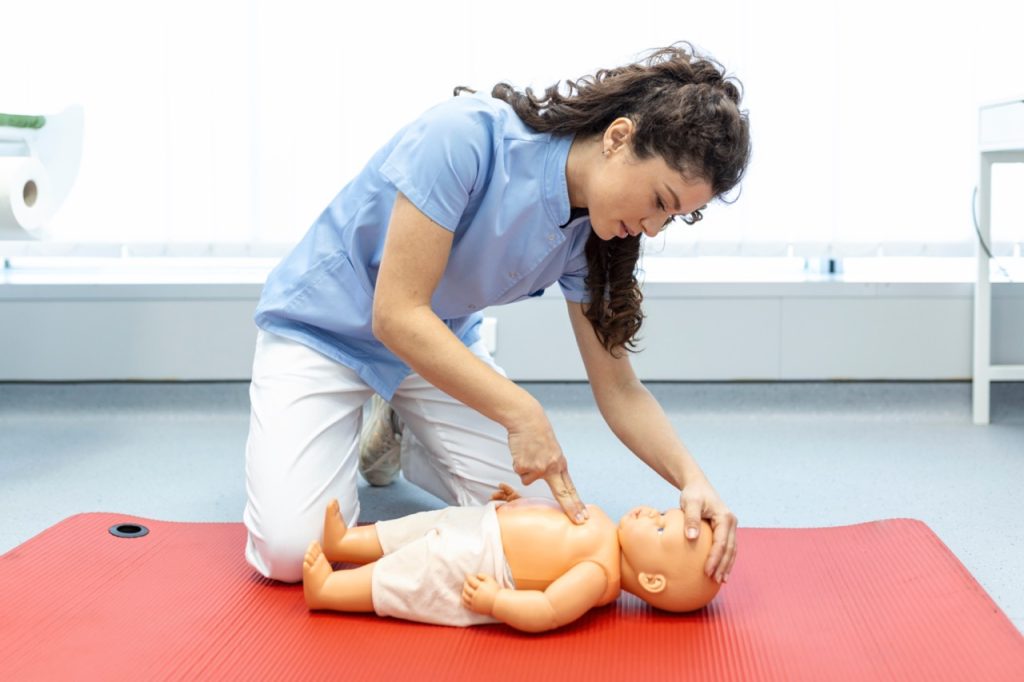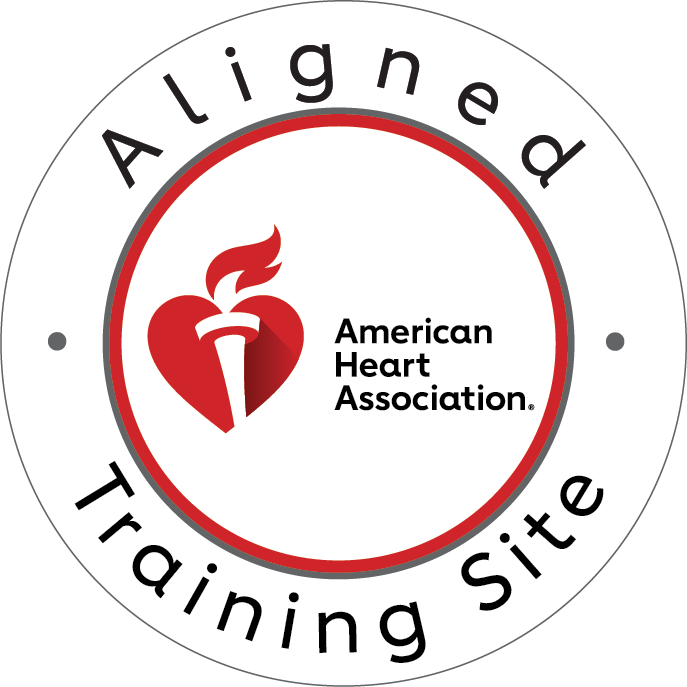Pediatric cardiac arrest is a medical emergency that requires immediate, precise intervention. Although less common than adult cardiac arrest, it presents unique challenges due to the physiological differences between children and adults. Statistics indicate that survival rates in pediatric cardiac arrest remain significantly lower than in adult cases, particularly when the arrest occurs outside a hospital. Prompt recognition and application of Pediatric Advanced Life Support, or PALS, protocols are essential for improving outcomes. The PALS cardiac arrest algorithm provides a structured, evidence-based approach to resuscitation, guiding healthcare providers through critical steps that can save a child’s life.

PALS stands for Pediatric Advanced Life Support, a certification program developed by the American Heart Association (AHA) to equip healthcare professionals with the knowledge and skills to respond effectively to pediatric emergencies. Unlike adult resuscitation protocols, pediatric care emphasizes different airway management strategies, medication dosages, and circulatory considerations due to children’s smaller body size and unique physiology. The PALS cardiac arrest algorithm serves as a roadmap for clinicians during pediatric emergencies, ensuring that every intervention—from chest compressions to advanced airway management—is performed accurately and in the proper sequence.
Understanding PALS: The Foundation
The foundation of PALS begins with an understanding of pediatric physiology and the recognition that children’s cardiac arrests are often secondary to respiratory failure or shock, rather than primary cardiac events. This distinction drives the approach of the PALS cardiac arrest algorithm, emphasizing the importance of early oxygenation and ventilation alongside circulatory support. By understanding these fundamental differences, healthcare providers can tailor their interventions to the specific needs of pediatric patients, improving survival chances and minimizing complications.
The PALS Cardiac Arrest Algorithm: Step-by-Step Breakdown
The PALS cardiac arrest algorithm is a step-by-step guide that begins with an initial assessment and CPR. Providers first check responsiveness, breathing, and pulse. If the child is unresponsive and pulseless, high-quality CPR is initiated immediately. Early CPR is critical for maintaining blood flow to the brain and heart while preparing for advanced interventions. Following this, rhythm identification guides subsequent treatment pathways, determining whether the cardiac arrest is shockable or non-shockable.
Shockable rhythms in pediatric patients typically include ventricular fibrillation (VF) and pulseless ventricular tachycardia (pVT). When identified, defibrillation is performed promptly, followed by continued CPR and medication administration as indicated. Non-shockable rhythms, such as asystole or pulseless electrical activity (PEA), require immediate CPR and evaluation of reversible causes rather than defibrillation. Understanding the differences between shockable and non-shockable rhythms is crucial for prioritizing interventions and optimizing outcomes.
Reversible Causes: The H’s and T’s
A critical component of the PALS cardiac arrest algorithm is identifying reversible causes of arrest, known as the H’s and T’s. The six H’s include hypovolemia, hypoxia, hydrogen ion (acidosis), hypo- or hyperkalemia, hypothermia, and hypoglycemia. These conditions can often be corrected quickly, restoring circulation when addressed properly. The six T’s include toxins, cardiac tamponade, tension pneumothorax, thrombosis (coronary or pulmonary), trauma, and an additional focus on tension pneumothorax. Systematically considering these factors during resuscitation ensures that underlying causes are treated alongside CPR and advanced interventions.
Medications in PALS Cardiac Arrest
Rapid assessment and treatment prioritization are essential during pediatric resuscitation. The team must coordinate chest compressions, airway management, and medication administration while continuously monitoring the patient’s response. Medications commonly used in PALS cardiac arrest include epinephrine, which supports circulation during CPR, and amiodarone, which is indicated for refractory shockable rhythms. Precise dosing and timing are vital, as pediatric patients are particularly sensitive to both under- and over-medication.
Post-Cardiac Arrest Care
Post-cardiac arrest care is equally important. Once return of spontaneous circulation (ROSC) is achieved, ongoing management focuses on stabilizing the patient, monitoring vital signs, ensuring adequate oxygenation, and addressing any complications. Effective team dynamics and communication are critical throughout the resuscitation process.
Team Dynamics and Communication
A well-structured team, clear role assignments, and closed-loop communication help minimize errors and improve the efficiency of interventions. Pediatric resuscitation presents challenges such as emotional stress, small patient size, and rapidly changing physiology, making structured teamwork essential.
Training and Certification
Obtaining PALS certification ensures healthcare providers are prepared to handle these emergencies. Certification requires completing an AHA-approved course that combines didactic learning, hands-on skills practice, and scenario-based simulations. Training focuses on recognition of pediatric emergencies, application of the cardiac arrest algorithm, medication administration, and post-arrest care. CPR St. Louis offers PALS certification courses with experienced instructors who guide in a supportive, stress-free environment. Students can expect small class sizes, interactive learning, and real-world scenarios that reinforce the algorithm and build confidence in critical situations.
Conclusion
Understanding the PALS Cardiac Arrest Algorithm is essential for healthcare providers who care for pediatric patients in critical situations. This systematic approach provides a clear, step-by-step framework for managing cardiac arrest in children, emphasizing high-quality CPR, early rhythm identification, and appropriate interventions based on whether the rhythm is shockable or non-shockable. By following this algorithm, healthcare teams can deliver coordinated, evidence-based care that maximizes the chances of successful resuscitation and positive patient outcomes.
The key to effective PALS implementation lies not just in knowing the algorithm, but in regular practice and certification renewal. Pediatric emergencies are high-stress situations that demand quick thinking, precise actions, and seamless teamwork. Staying current with your PALS certification ensures you’re prepared to respond confidently when every second counts.
Call to Action
Don’t wait until an emergency happens to refresh your pediatric emergency skills. CPR St. Louis offers comprehensive PALS classes in St. Louis in a stress-free, hands-on environment that builds real confidence. As an American Heart Association training site, we provide initial certifications and renewals in PALS, ACLS, and BLS classes in St. Louis, and CPR and First Aid courses.
Our expert instructors focus on practical, scenario-based training that prepares you for real-world pediatric emergencies. Whether you’re seeking your first PALS certification or need to renew, CPR St. Louis makes the process straightforward and effective.
FAQs About the PALS Cardiac Arrest Algorithm
Q1: How often should I practice the PALS Cardiac Arrest Algorithm?
Healthcare providers should review the PALS Cardiac Arrest Algorithm regularly, ideally every 3-6 months between certification renewals. PALS certification itself must be renewed every two years through the American Heart Association. However, many facilities conduct mock codes and simulation training quarterly or monthly to maintain proficiency. Regular practice helps reinforce muscle memory, improves response times, and ensures team members can execute the algorithm smoothly during actual emergencies. The more frequently you practice, the more confident and effective you’ll be when facing a real pediatric cardiac arrest.
Q2: What’s the most critical step in the PALS Cardiac Arrest Algorithm?
While every step in the PALS algorithm is important, high-quality CPR remains the foundation of successful resuscitation. Effective chest compressions that are deep enough (at least one-third the chest depth), fast enough (100-120 compressions per minute), and uninterrupted are crucial for maintaining blood flow to vital organs. Many studies show that the quality of CPR directly correlates with survival rates. That said, early rhythm recognition and appropriate defibrillation for shockable rhythms (VF/pVT) are also critical, as outcomes decline rapidly with each passing minute. The algorithm’s strength lies in integrating all these elements into a coordinated response.
Q3: How does the pediatric cardiac arrest algorithm differ from the adult ACLS algorithm?
The PALS Cardiac Arrest Algorithm differs from ACLS in several key ways to address the unique physiological characteristics of children. First, pediatric cardiac arrests are more commonly caused by respiratory failure rather than primary cardiac events, making airway management and oxygenation even more critical. Second, medication dosages in PALS are weight-based rather than fixed doses, requiring careful calculation. Third, compression depth and hand positioning vary by age—infants require two-finger or two-thumb techniques, while children need one or two hands depending on their size. Energy doses for defibrillation also differ, starting at 2 J/kg in pediatrics versus fixed doses in adults. These modifications reflect the anatomical and physiological differences between pediatric and adult patients.





